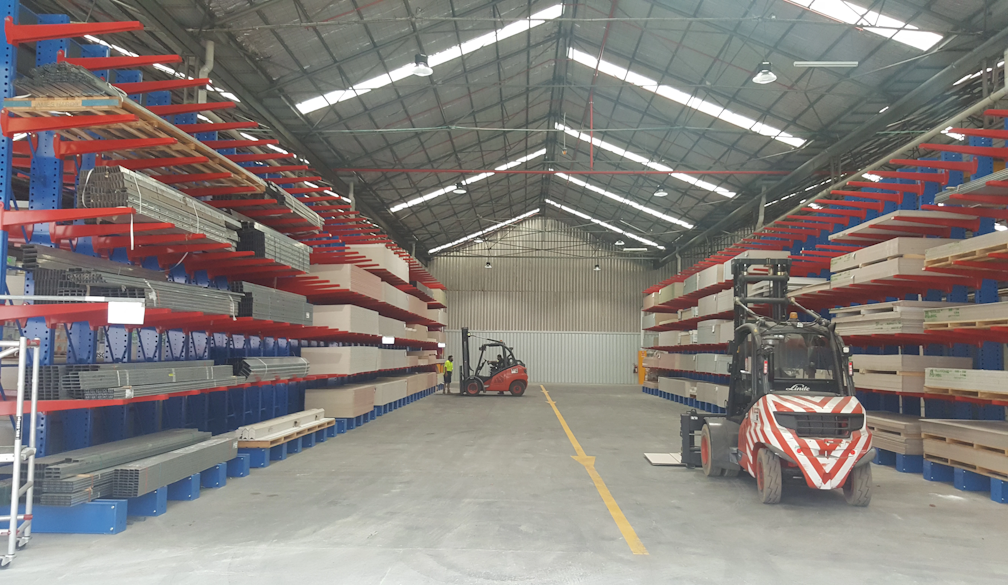Discover the Top React Native Mobile Development Trends to Watch in 2023

As the world becomes increasingly mobile-focused, businesses are turning to React Native to build fast, efficient, and scalable mobile applications. In this article, we'll explore the top React Native mobile development trends to watch in 2023.
Stay Ahead of the Curve
As businesses look to reach more customers across multiple platforms, cross-platform development is becoming increasingly popular. React Native's ability to build applications that run on both iOS and Android with the same codebase makes it an ideal solution for this type of development. In 2023, we can expect to see even more businesses adopting React Native for cross-platform mobile projects.
Increased Demand for Cross-Platform Development
There is increased demand for cross-platform development for a number of reasons.
Firstly, businesses want to reach the maximum number of users possible. By developing a cross-platform application, businesses can reach users on multiple platforms, such as iOS and Android, with a single codebase. This saves time and resources, as developers do not need to create separate applications for each platform.
Secondly, cross-platform development allows for easier maintenance and updates. With a single codebase, updates and changes can be made across all platforms simultaneously, reducing the risk of inconsistencies and errors that can arise when managing separate codebases for each platform.
Finally, it allows for faster time-to-market. By leveraging the same codebase for multiple platforms, businesses can release their applications to market faster, allowing them to stay ahead of the competition.
With React Native's ability to build cross-platform applications efficiently and effectively, it is a popular choice for businesses looking to leverage the benefits.
More Emphasis on User Experience
As mobile applications become more prevalent, user experience is becoming a key differentiator for businesses. In 2023, we can expect to see more emphasis on creating mobile applications that provide a seamless user experience. React Native's ability to build fast and responsive applications that perform well on both iOS and Android devices make it an ideal platform for delivering exceptional user experiences.
React Native is an ideal platform for building mobile applications with a focus on user experience. Let’s take a more detailed look in to some of these reasons why:
- Fast and Responsive: React Native is known for building fast and responsive mobile applications. This is because it uses a virtual DOM to render updates to the user interface, which allows for quick and efficient updates to the screen.
- Native Look and Feel: React Native allows developers to build mobile applications that have a native look and feel. It utilises native UI components for both iOS and Android, which means that the user interface looks and feels like a native application.
- Cross-Platform Development: The ability to build cross-platform applications contributes to a better user experience. With a single codebase, developers can create applications that run on both iOS and Android, which means that users have a consistent experience across multiple platforms.
Live Reload: The live reload feature allows developers to see changes to the application in real-time as they make updates to the code. This makes it easy to test and iterate on the application, which can lead to a better user experience.
React Native's focus on fast and responsive development, native look and feel, cross-platform development, and live reload makes it an ideal platform for building mobile applications with a focus on user experience.
Growth of Machine Learning and AI
Machine learning and artificial intelligence are rapidly growing fields, and they have the potential to transform mobile application development. React Native's ability to integrate with machine learning and AI frameworks makes it an ideal platform for building intelligent mobile applications.
In 2023, we can expect to see more businesses leveraging machine learning and AI in their mobile applications, and React Native will be a key platform for delivering these intelligent applications.Here are a few ways in which React Native can be linked with machine learning and AI:
-
Integration with Machine Learning Libraries: React Native can be used to integrate machine learning libraries such as TensorFlow, Keras, and PyTorch. This allows developers to leverage the power of machine learning algorithms in their mobile applications.
-
Building Intelligent Applications: With machine learning and AI, mobile applications can be made more intelligent and personalised to the user's needs. React Native can be used to build intelligent applications that can learn from user behaviour, make predictions, and provide recommendations.
-
Natural Language Processing: It can be used to build applications that leverage natural language processing (NLP) capabilities. NLP allows applications to understand and respond to user input in a natural and conversational way.
-
Predictive Analytics: Predictive analytics is another area where machine learning and AI can be used to improve mobile applications. React Native can be used to build applications that can analyse user data and make predictions based on that data.
React Native can be linked with machine learning and AI in various ways to build more intelligent and personalised mobile applications. This enables businesses to gain a competitive advantage by providing a more personalised and relevant experience to their users.
Keeping your business on track with emerging technologies
To stay ahead of the competition in 2023, make sure to leverage these top mobile development trends. Whether you're looking to build a cross-platform application, enhance your user experience, or integrate machine learning and AI, React Native is the ideal platform for mobile development.









